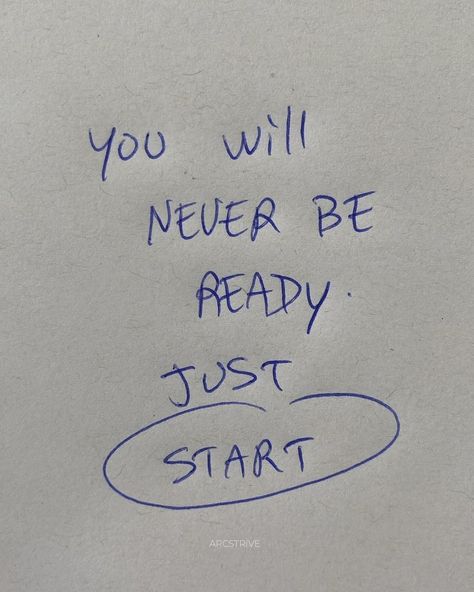By developing a core ‘kit of parts’, Edged can:.
Emphasis on embodied carbon.A significant portion of the discussion centres on the importance of reducing embodied carbon—the carbon footprint associated with materials and construction processes.

As operational carbon (carbon used during the building's life) decreases due to better technology and design practices, embodied carbon becomes a larger proportion of a building's overall carbon footprint.. 4.Innovative use of technology in sustainable design.Advances in technology, such as more sophisticated computer modelling and data analytics, play a crucial role in sustainable building design.

These tools help in simulating and optimising building performance, which can lead to better decision-making in the design phase, reducing both operational and embodied carbon.. 5.Future-proofing buildings through platforms and standardisation.

The concept of using platform-based approaches and standardisation, such as the kit-of-parts system discussed, is highlighted as a way to reduce embodied carbon and simplify the calculation and management of sustainable design elements.
This approach not only allows for precision in design but also facilitates the reuse and repurposing of building components, contributing to a circular economy in the construction sector..There’s been a general realisation that there’s not enough power in the world, so people are looking into the likes of local generation.
I also feel there’s a big issue around the embodied carbon that goes into making a battery and how batteries are reused and recycled.As such, there’s going to be quite a distinct focus on looking at some of the new technologies and working out whether they are actually going to be suitable in another fifty years time..
I also think there will be a huge drive to reduce material quantity in buildings.As a result, there will be less carbon going into the building and the lifecycle impact of the building will be lower.
(Editor: All-in-One Drones)